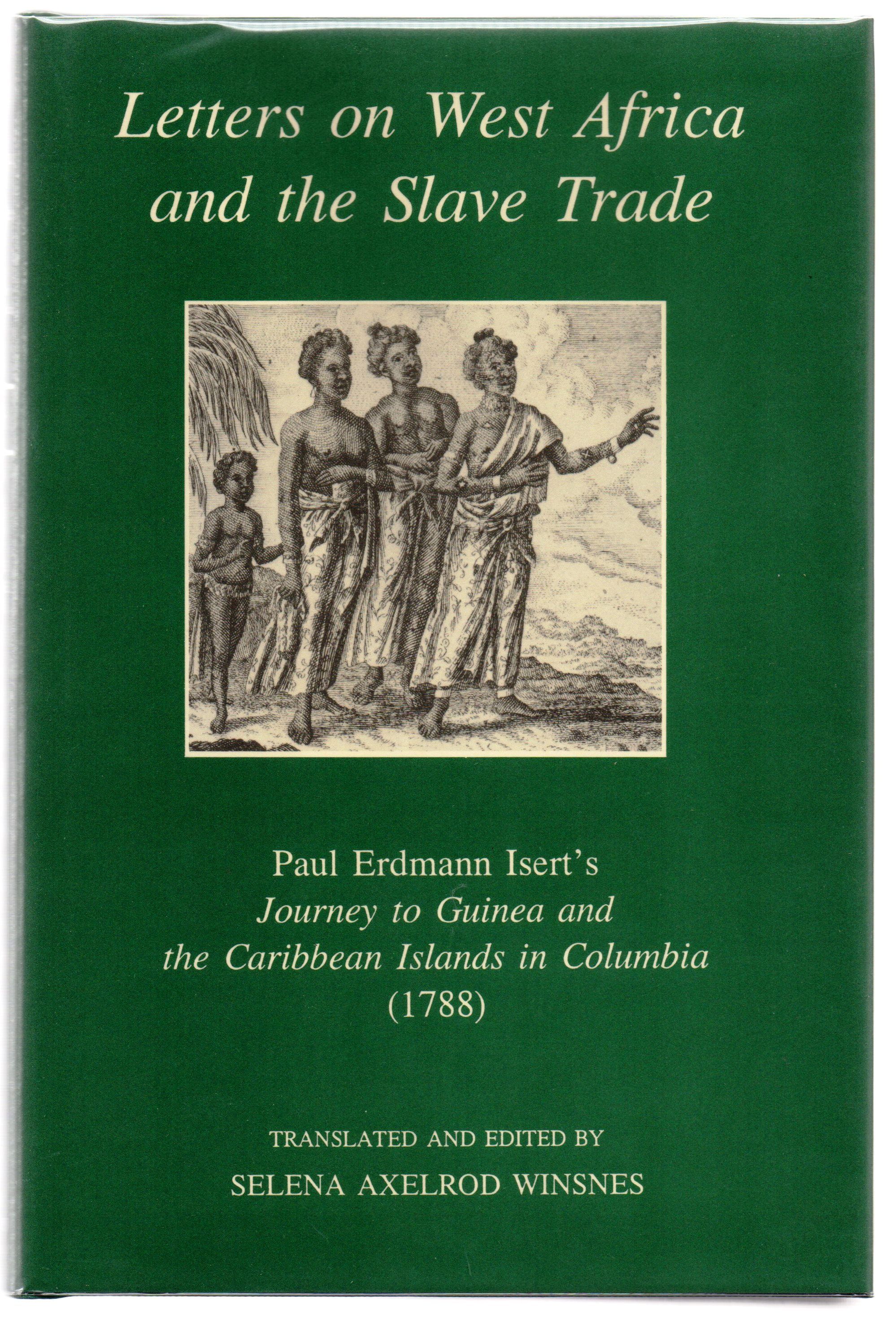
Book review 2025: Appendix: Agricultural References in Paul Erdmann Isert’s Letters on West Africa and the Slave Trade (1788)
Implementable Research Uses Economic Historians: Evidence of early advocacy for African agro-industrialization. Agricultural Development Experts: Comparison of 18th-century crop proposals with today’s fairtrade cocoa, coffee, cotton sectors.
Highlights:
-
Economic Historians: Evidence of early advocacy for African agro-industrialization.
-
Agricultural Development Experts: Comparison of 18th-century crop proposals with today’s fairtrade cocoa, coffee, cotton sectors.
-
Policy Makers: Blueprint for local value addition in Africa.
-
Sustainability Advocates: Historical precedent for ESG-aligned agriculture.
Appendix: Agricultural References in Paul Erdmann Isert’s Letters on West Africa and the Slave Trade (1788)
1. General Agricultural Vision
-
Preface (pp. 1–2)
-
Emphasizes preserving knowledge of African customs, including agriculture.
-
Notes intention to document botanical discoveries and announces Prodromus floræ australis, listing new species.
-
-
Biography (Editor’s Intro) (pp. 16–17)
-
Isert’s West Indies experience made him realize slaves were exploited for crops like sugar, cotton, and coffee.
-
Conceived plan for plantations in Africa to produce the same commodities.
-
2. Specific Crops Mentioned
| Crop | Context in Isert’s Letters | Page Reference | Notes |
|---|---|---|---|
| Sugarcane | Proposed for Akuapem hills, fertile as West Indies | pp. 16–17, 273–304 | Seen as the main alternative to Caribbean sugar plantations. |
| Cotton | Indigenous cultivation already practiced in some parts of West Africa | pp. 16–17, 273–304 | Could be expanded into export production. |
| Coffee | Recommended for Akuapem highlands | p. 16–17 | Environmental suitability noted (cooler, elevated). |
| Indigo | Identified as a high-value export dye crop | pp. 16–17 | European textile industries highly dependent on indigo dye. |
| Palm Oil | Observed in local food use and trade | pp. 182–246 (Eighth Letter) | Early recognition of its economic potential. |
| Yams & Plantains | Staple African crops admired for nutrition and adaptability | pp. 182–246 | Praised African diets as “sensible” compared to Europeans. |
| Maize | Common subsistence crop in coastal regions | pp. 182–246 | Considered part of the balanced African diet. |
| Tobacco | Mentioned as a commodity in coastal trade | pp. 113–130 (Sixth Letter) | Europeans exchanged it for local goods. |
3. Agricultural Geography
-
Volta Lowlands – fertile but “unhealthy” (malaria risk) for Europeans.
-
Akuapem Hills – praised for fertility, cooler climate, and suitability for commercial crops (sugar, coffee, cotton, indigo).
-
Coastal Ghana (Accra, Popo, Fida) – subsistence crops (yams, maize, plantain) and some export crops observed.
4. Agricultural and Economic Reform Plan
-
Frederiksnopel Colony (1788–1789) (pp. 273–304)
-
Intended as a model plantation colony producing sugar, cotton, coffee, and indigo.
-
Local African labor would be retained in Africa, eliminating the Middle Passage.
-
Slaves would be treated as serfs, without brutal discipline.
-
Strict rules: no maltreatment, no slave-trading within the colony, no concubinage — European settlers were required to bring wives.
-
5. Broader Botanical Notes
-
Throughout his letters, Isert documents flora:
-
Rio Volta (Sixth Letter, pp. 113–130): Descriptions of plant life, some medicinal.
-
Akuapem (Tenth Letter, pp. 273–304): Botanical diversity recorded.
-
Mentions intent to publish a flora catalogue (Index Plantarum, noted in Preface).
-
Summary Table: Agricultural Potential in Isert’s Observations
| Region | Staple Crops | Commercial Crops Proposed | Notes |
|---|---|---|---|
| Volta Lowlands | Yam, maize | Sugarcane (but malaria-prone) | Health challenges undermined viability. |
| Akuapem Hills | Plantain, yam, maize | Sugar, cotton, coffee, indigo | Fertile and healthy for Europeans. Site of Frederiksnopel colony. |
| Coastal Ghana | Yam, maize, palm oil | Cotton, tobacco, palm oil | Strategic for trade via forts. |
| West Indies (Comparison) | Sugar, coffee, cotton | — | Inspired Isert’s African plantation model. |
Implementable Research Uses
-
Economic Historians: Evidence of early advocacy for African agro-industrialization.
-
Agricultural Development Experts: Comparison of 18th-century crop proposals with today’s fairtrade cocoa, coffee, cotton sectors.
-
Policy Makers: Blueprint for local value addition in Africa.
-
Sustainability Advocates: Historical precedent for ESG-aligned agriculture.
Bibliographic Anchors
-
Preface, pp. 1–2 – preservation of customs and flora
-
Editor’s Introduction, pp. 16–17 – crops proposed (sugar, cotton, coffee, indigo)
-
Eighth Letter, pp. 182–246 – Akra diet, palm oil, yams, maize, plantain
-
Sixth Letter, pp. 113–130 – Rio Volta crops & trade
-
Tenth Letter, pp. 273–304 – Akuapem fertility, Frederiksnopel plantation plan

